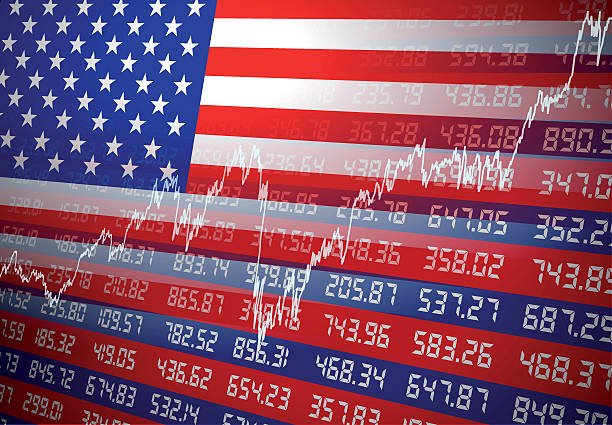The S&P 500 climbed into positive territory on Tuesday, recovering from early losses in another volatile session as investors awaited a crucial tariff policy update from President Donald Trump. Market participants also contended with weaker-than-expected economic data, adding to the day’s turbulence.
The broad-market index edged up 0.08%, while the tech-heavy Nasdaq Composite gained 0.5%. Meanwhile, the Dow Jones Industrial Average slipped 114 points, or 0.2%. This marks the second consecutive day of fluctuating trading, with Monday’s session following a similar pattern.
Weak Economic Data Weighs on Stocks
Investor sentiment took a hit after another disappointing economic report. The Institute for Supply Management’s (ISM) manufacturing survey indicated contraction, falling short of expectations. Additionally, February’s job openings report from the Bureau of Labor Statistics revealed figures slightly below estimates, further raising concerns about economic momentum.
Market Eyes White House Tariff Announcement
Looking ahead, the White House is set to unveil reciprocal tariffs on Wednesday, potentially targeting goods from nearly all countries. Investors had hoped for a more selective approach, but Tuesday’s statement from the White House suggested that the tariffs would take effect immediately upon announcement.
“The lack of certainty and the shroud of secrecy has been driving the market insane,” said Jay Woods, chief global strategist at Freedom Capital Markets. “We have our correction, [though], so perspective is key.”
A report from The Washington Post suggested that the Trump administration is considering tariffs of about 20% on most U.S. imports. However, no final decision has been made, according to sources familiar with the matter.
Stock Market Faces Continued Volatility
The uncertainty surrounding trade policy has contributed to a rollercoaster ride for equities. On Monday, the S&P 500 hit a six-month low before staging a recovery. For the first quarter, the index lost 4.6%, while the Nasdaq Composite dropped 10%, marking their worst quarterly performances since 2022. The Dow also fell 1.3% in the first three months of the year.
“While the higher event risk baked in creates room for a potential relief rally in case of less aggressive tariffs, the risk arguably is still to the downside, with markets likely underpricing the trade risks,” Barclays assistant vice president Anshul Gupta wrote in a Tuesday note.
As investors await clarity on the administration’s tariff plans, Wall Street remains on edge, bracing for further market swings in the days ahead.






